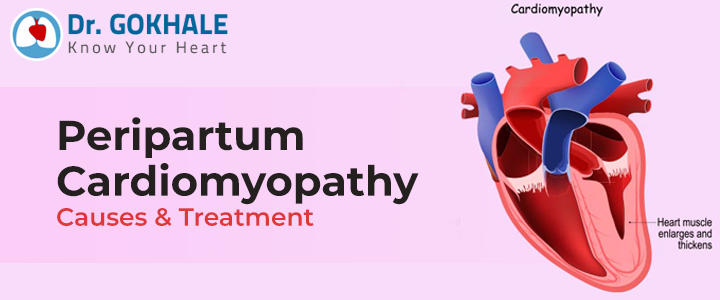These changes in the heart muscle relate to the principal categories of cardiomyopathy – restrictive cardiomyopathy, dilated cardiomyopathy, arrhythmogenic right ventricular cardiomyopathy, and hypertrophic cardiomyopathy. Each group has various types of cardiomyopathy, differing based on their occurrence.
Some common causes of Cardiomyopathy include viral or bacterial infections, chronic alcoholism, inflammatory diseases, coronary artery disease, and blood disorders. Another reason for cardiomyopathy is a genetic disorder that keeps transmitting to generations. Several cardiomyopathies have no causes and are known as idiopathic. Although this disease affects people in different age groups, it is found that a few types of cardiomyopathy can affect a specific age group. Men are more vulnerable to suffering from this disease than women.
Diagnosis for this disease includes a lengthy procedure. Firstly, a physical examination by the doctor and in this examination, medical history has a vital role to play in the diagnosis of cardiomyopathy. Medical history and a physical exam allow the doctor to determine the severity of the illness and how it affects the lifestyle of the concerned person. It also provides a provision to collect the data, which helps reveal information about the condition of the patient’s heart. The doctor listens to the lungs and heart during the physical exam; in this process, he looks for swelling and tenderness symptoms.
The physical examination includes a chest x-ray, blood tests, echocardiogram, ECG, MRI, heart catheterization, and polysomnography.
- Chest X-ray: In this, the image of the enlarged heart is shown.
- Echocardiogram: In this test, sound waves create images of the heart, showing the motion of its beats and its size.
- Electrocardiogram: In this test, skin is attached to the patches of electrodes to measure electrical signals from our heart. Disturbances in the electrical activity of our heart can be shown with the help of ECG. This can detect injuries in the heart and irregularities in the heart.
- Treadmill stress test: In this process, heart rhythm, breathing, and blood pressure are monitored while walking on a treadmill. Through this, we can exercise capacity, evaluate symptoms, and determine whether exercise causes irregularities in the heartbeat.
- Cardiac catheterization: This process includes inserting a thin tube (catheter) into the groin and threading it through blood vessels to the heart. Hence, pressure can be measured in heart chambers, and we can see how forcefully blood is pumped into the heart.
Final Overview
Various treatments are done depending on the seriousness and the type of cardiomyopathy. This includes non-surgical operations such as Septal ablation and Radiofrequency ablation, surgical operations such as Implantable cardioverter-defibrillator (ICD), Ventricular assist device (VAD), and Pacemaker. Dr. Gokhale is considered the best heart transplant surgeon in India.
You can contact Dr. Gokhale and visit his website to know more about cardiomyopathy. He is one of the well-known heart specialists in India and a famous cardiologist in Hyderabad. He is among the very few doctors that provide heart surgery at a minimal cost.
 Ask Doctor
Ask Doctor
